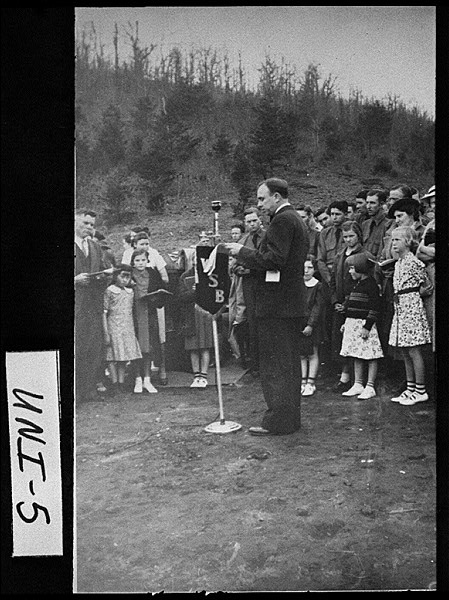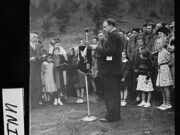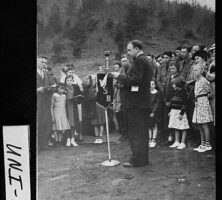The Rural Electrification Act (REA) is a law that was passed by the U.S. Congress in May 1936. It was a congressional endorsement of the Rural Electrification Administration, which U.S. president Franklin D. Roosevelt created by executive order in May 1935 as part of his New Deal, during the Great Depression. Roosevelt was inspired to create the REA by observing the need for electricity on farms in Georgia.
The law permitted the federal government to make low-cost loans to farmers for the purpose of forming rural electrical cooperatives. Rural electrification was particularly significant in Georgia, where in 1930 nearly 70 percent of the population lived in rural areas.
Rural and Urban Electrification
After the invention of the electric lightbulb in 1879, an explosion of new electric appliances appeared on the market during the 1920s, with electric phonographs, vacuum cleaners, refrigerators, and radios becoming commonplace in American homes. While these appliances were heralded as time-saving components of modern living, they were practically useless to people without access to central electricity.
During the 1930s stark differences existed between urban life and rural life in the United States. By 1935 around 90 percent of people who lived in urban centers had access to central electricity, in contrast to only 10 percent of people living in rural areas. The United States was unique among Western countries in this respect—in that same year nearly 95 percent of rural French and 85 percent of rural Danish families had central power.
Electric Cooperatives
The primary impediment to delivering electricity in rural areas was the expense. The cost of running electrical lines, about $2,000 a mile in the 1930s, was more than the power companies could make by selling electricity to the widely dispersed farms. The REA attempted to fix this problem by providing low-cost loans to groups of farmers living in roughly the same geographic area. Each group could then form an electric “cooperative,” or a type of company that is owned and operated jointly by multiple people for their own benefit. Using the government loan, the cooperative would contribute to the construction of power lines and other electrical infrastructure and pay for the electricity that members used.

Courtesy of Georgia Archives.
The REA was an especially successful New Deal program in Georgia. Although Georgia governor Eugene Talmadge initially opposed the REA and other New Deal programs, opposition to his policies coalesced in 1936, after he vetoed measures that would have allowed Georgia to participate in newly created social security programs. His successor, E. D. Rivers, took a different view and introduced an expansion of state services during his two terms as governor. By June 1939 the REA had helped to establish 417 electrical cooperatives serving 268,000 households, increasing the number of electrified rural homes in the nation to 25 percent. At least 33 of these cooperatives were in Georgia.
By 1953 more than 90 percent of rural homes in the country had access to electricity, largely thanks to REA loans to local electric cooperatives. The impact of rural electrification on the lives of Georgians was chronicled by the writer Terry Kay, who related the dramatic effect of the REA on his hometown of Royston (Franklin County) in his coming-of-age novel The Year the Lights Came On (1976).
In 2015 forty-one electric cooperatives still existed in Georgia, many of them established during the New Deal with assistance from the REA.





